
Rear I/O
Features:- PS2 keyboard
- Six USB 2.0 ports
- Clear CMOS LED backlit button
- Optical and RCA S/PDIF out
- HDMI and VGA out
- Two RJ45 Ethernet connectors
- One 6-pin Firewire connector
- Six 3.5mm analogue audio jacks on the Asus SupremeFX providing 7.1 channel surround sound audio and microphone and line inputs
The PS2 keyboard is thankfully still included for BIOS compatibility, and although Asus has thrown in six USB 2.0 ports we still think it could have squeezed things a little closer together for a couple more and thrown the six-pin Firewire connector on top instead.
Both types of S/PDIF out is another winner, and Asus even includes a pin-out right behind these if you need to reroute it into an Nvidia graphics card for HDMI, for example.
On the topic of HDMI - Asus only includes this as a single digital output, with VGA above it. Like the AMD 780G and 790GX, Nvidia only allows a single digital output from the mGPU (IGP) and to get DVI out you need to use the adapter. The output is also limited to 1,920 x 1,200 which includes HybridPower, so 30" monitors with a 2,560 x 1,600 native resolution need not apply.

BIOS
As usual with Republic of Gamer boards the BIOS is extensive. Overclocking can be achieved with easy A. I. one click adjustments, or A. I. NOS which overclocks on the fly. If you're used to doing things a little more hardcore though, the extensive options will be enough to stretch any AMD setup.
The layout is very intuitive, and anyone even slightly familiar with the way Asus uses the Phoenix AwardBIOS will feel right at home. To start with, there are separate voltage adjustments for every major component - although most are simple to decipher it's worth noting that BR voltage equates to the NF200 chipset, and the SB voltage is the 780a SLI MCP. Voltage overheads are deep frying, so say goodbye to any Phenom you put 2V through unless you've drowned it in LN2. Also be careful of any extra voltage to the NF200 and 780a MCP, because without additional cooling they will easily overheat.
EPP or "SLI-Ready" memory is also included, so if you have a set of DIMMs that has the data included it can automatically setup the performance and voltage without needing to fiddle about. We found this works very well and can actually be particularly useful with Phenom systems that use faster 1,066MHz (PC2-8500) memory, because at this speed most memory requires more volts and sometimes setting it yourself leaves it a little less than perfectly stable.
The DRAM configuration is set over several sub-menus which means you can lose your place a little, although all the basic stuff most of us will use is on the first sub-menu in. If you want to get into some heavier memory tweaking, Asus also includes drive strength, clock skew and fine delay options in timings - it's incredibly in depth.
Frequency adjustments are also well covered and are better laid out than the M3A32-MVP Deluxe, although it could use an "actual frequency" algorithm for the CPU-northbridge and CPU frequency. One tiny bug we did find was that the CPU-northbridge multiplier remained greyed out even when we set the system to manual, however after navigating down a few subdirectories and back up again we were able to change it. Very strange.
Additionally, you can customise all the lighty-bits, and check the voltages, temperatures of each component as well as adjust fan-speeds to be either temperature sensitive or at a constant, custom-set speed. The OC Profiles still lack quantity and naming so you know what each profile actually stores. What Asus does do well though is its EZ Flash 2 which will allow you to flash the BIOS from a USB memory key, without needing to get a boot disk - awesome.

MSI MPG Velox 100R Chassis Review
October 14 2021 | 15:04

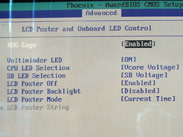
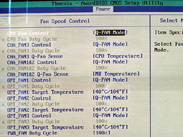
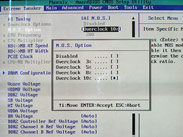
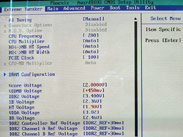
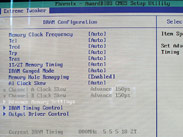
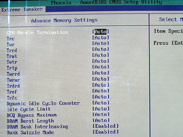
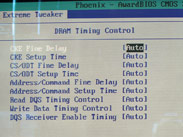
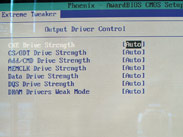
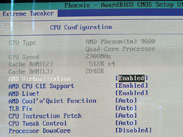
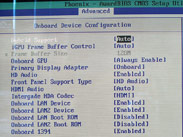







Want to comment? Please log in.